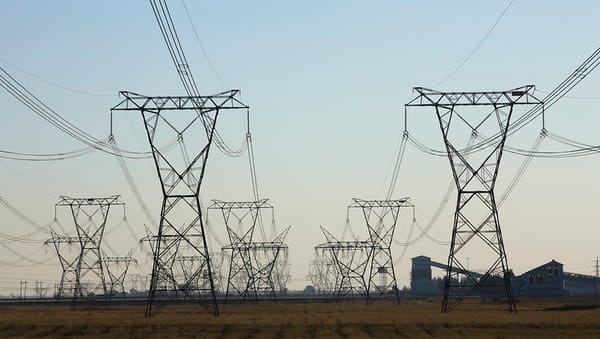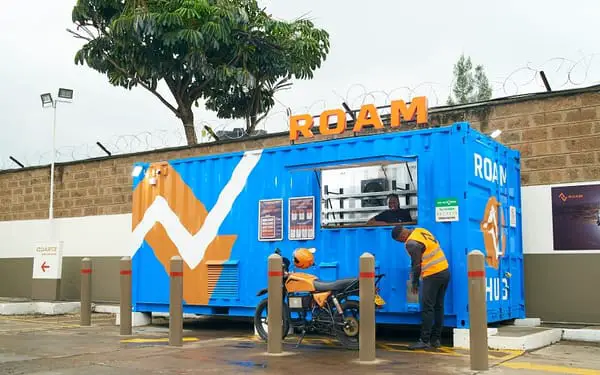Electric Sedans List
1)Ford Focus Electric
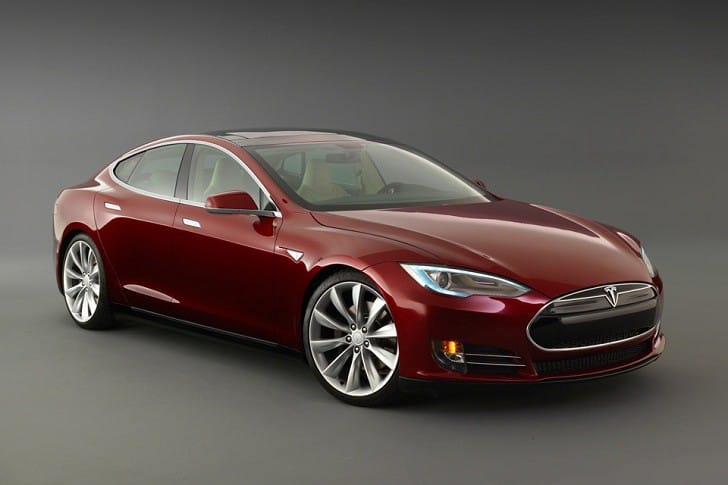
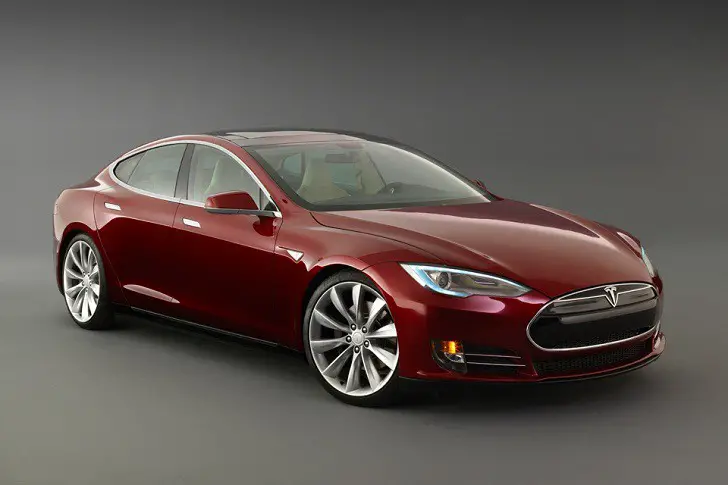
The 2018 Ford Focus Electric offers fair value in terms of technology for the price tag. It’s a modest-looking hatchback that doesn’t scream ‘electric vehicle’, and it’s offered with a nice complement of features inside. Its performance isn’t anything to write home about, but there isn’t anything to complain about either.
As EVs go, the 2018 Ford Focus Electric isn’t impressive or repulsive. It’s simply middle of the road. The Focus Electric is like a middle child: it doesn’t get the attention it deserves and doesn’t make a big stink about it either. But in the quickly advancing electric vehicle realm, the Ford Focus Electric is at risk of being left in the dust if its range and performance isn’t updated soon.
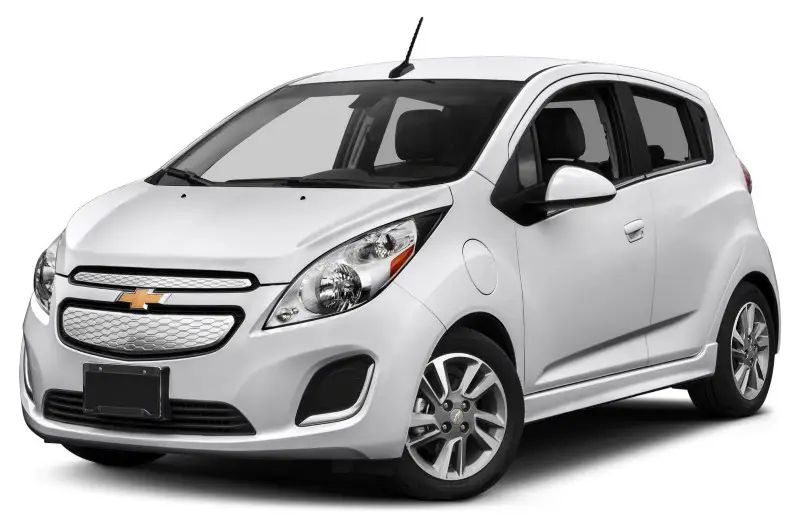
The four-passenger Spark EV is one of the quickest EVs available and a pure electric five-door. Its tiny size and 327 lb-ft of torque launch the Spark from 0- 60 in 7.5 seconds. It feels fast in the city, where the torque can shoot the car from stoplight to stoplight.
The Spark excels, with a 128 MPGe city and 119 MPGe combined EPA rating making it one of the most energy-efficient vehicles. The Spark EV’s lithium-ion battery has a 19 kWh capacity. The Chevy Spark EV comes with a standard charge of 110 volt AC but you can opt to install a 240 volt AC plug direct to your home electrical panel.
When fully charged, its combined city/highway EPA-estimated range of 82 miles/ 130 km. Charging also can be completed in less than seven hours using a dedicated 240V charger and about 20 hours using the standard 120V charger.
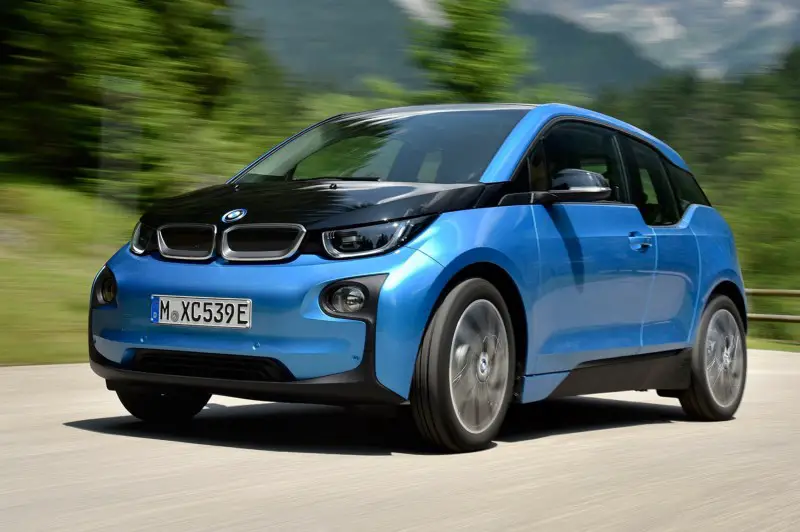
The BMW i3 style is distinctive and unusual compared to the other electric, you can be able to sit upright in comfortable seats for four or even five. The i3 front seats have manual, not power controlled to conserve energy usage and reduce weight.
The i3’s interior layout is comfortable and easy to use. The start or stop button and gear selector are integrated into one unit to the right of the steering wheel. There are two screens on the dash one above the steering wheels which gives you speed and charge level readouts, and the other to show battery usage graphic and number of miles remaining. The center screen is meant for navigation and infotainment.
It offers a choice of three driving modes: Comfort, Eco Pro, and Eco Pro+. Beyond the Comfort setting, each reduces power output and increases range. The Eco Pro setting is mostly recommended for balance and power range while the Eco Pro + has strong brake regeneration, easy pedaling.
The car feels light on its feet and loves to make quick lane changes in traffic. Power is plentiful and immediate, from a standing start and also cruising at highway speeds. The instant thrust of the i3’s electric motor is a joy to experience, whenever you need it and even when you don’t. It is lightweight and fun to drive, with high performance and excellent utility. But it has been around a few years and it is slowly aging out.
Aside from a rear parking sensor, there is a need for resolving the issue of power consumption by increasing battery capacity. The 2017 BMW i3 has been upgraded from 83-mile range to a 114-mile range. But in a world where you can buy a Chevrolet Bolt with a 238-mile range for few dollars less, it disadvantages the i3. The next upgrade will need to do so much better to be able to compete with Chevrolet Volt, Tesla Model 3, Nissan Leaf among others.
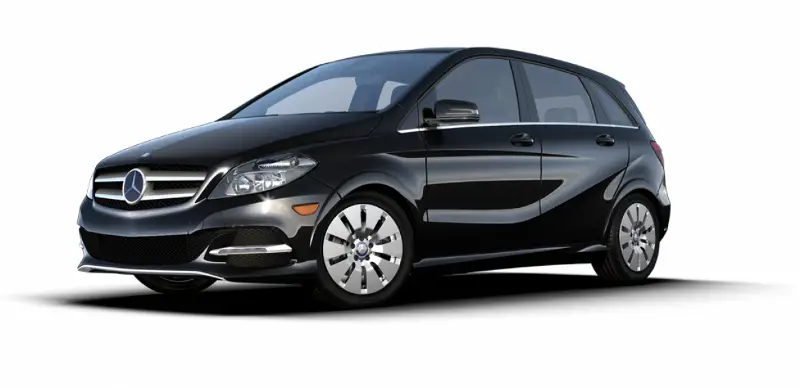
B-Class Electric is propelled by a 132-kilowatt electric motor fed by 28-kWh lithium-ion battery. The combination gives the car an operating range of 84 miles, This battery pack can be recharged in 30 hours using the 110 volt or 3.5 hours using the 240-volt charging station. There are enough headroom, legroom front and rear seats which can accommodate 5 people. However, the back seat is mainly suitable for children under 10 years old. The cargo space has a spacious and has a flat load floor because the battery pack is located beneath the floor.
The B250e has a few unexpected downsides considering the Mercedes badge it wears, and these include very firm seats and hard-plastic dashboard trim. Many features that you would expect to be standard equipment are instead optional. All this is a reminder that the B-Class is a simple utility package in Europe, and it has much the same personality even with an EV powertrain.
Standard safety features on the 2017 Mercedes-Benz B250e include antilock disc brakes, stability and traction control, front seat side-impact airbags, side curtain airbags, a driver-side knee airbag, active front head restraints, forward collision warning and mitigation including automated braking, and a drowsy driver warning system.
The standard Mbrace system includes automatic collision notification, roadside assistance, and stolen vehicle location. A rearview camera and a blind-spot monitoring system are both available as options.
It has decent headroom for anyone, adult-sized legroom in the back seat. The seats are a little too firm therefore you might like the car, even more, the car has only 80 miles of cruising range per charge. The noticeable passengers' cabin features the classy looks you will expect from Mercedes. Nevertheless, the abundance of hard plastics is disappointing, though this can be remedied by opting for the available leather upholstery and genuine wood trim. The size of the cargo holds 21.6 cubic feet of room behind the rear seat. when you fold the rear seat the space doubles to around 51.4 cubic feet.
Price $40,825
5) Tesla Model S
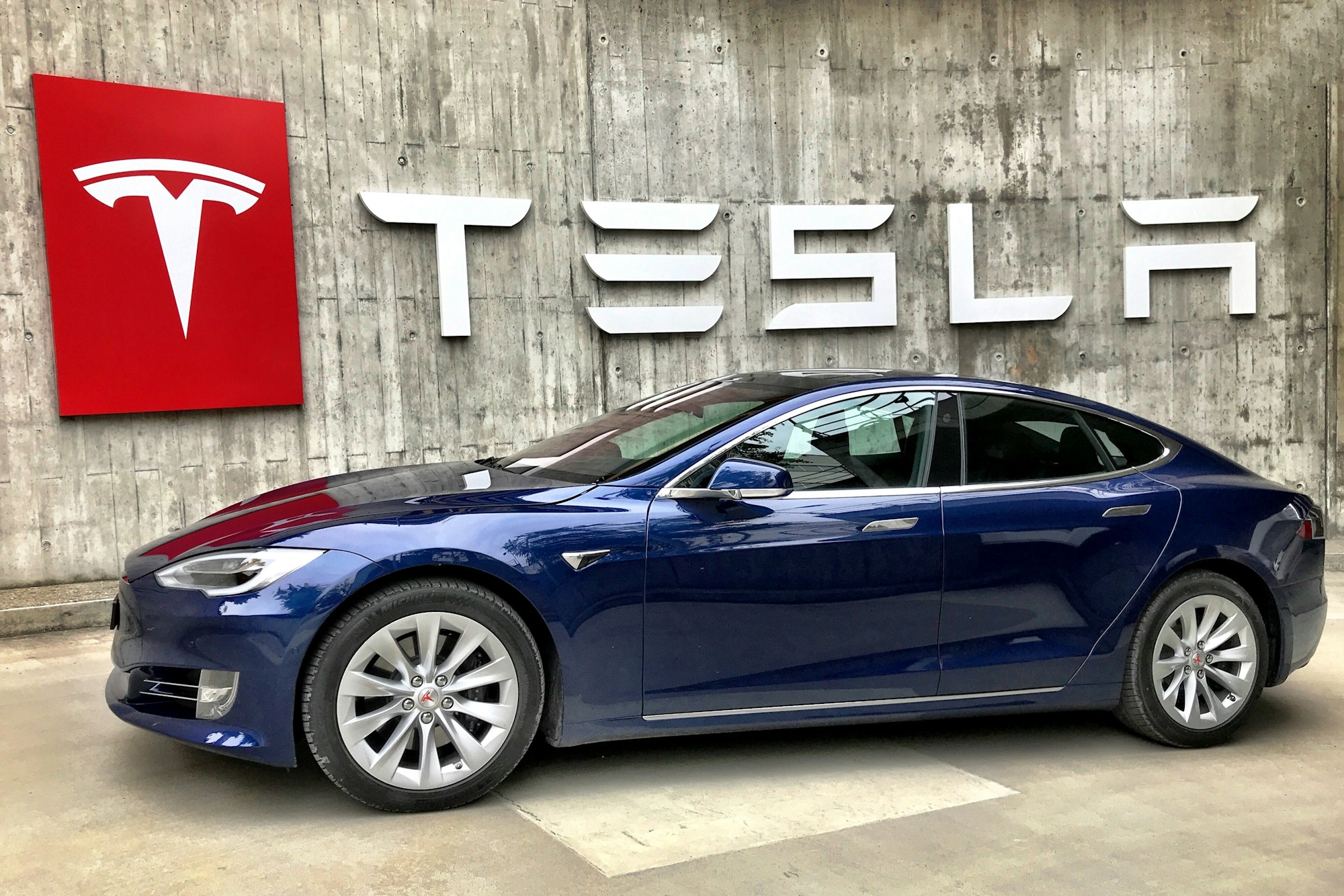
The 2019 Tesla Model S is a five-passenger electric luxury sedan. At the start of the model year, it was available in four variants: the base Model S, Extended Range, Performance, and Performance with Ludicrous Mode. Midyear updates replaced the base model with the Standard Range variant, and the Extended Range model was replaced by the Long Range. All variants come with the same 100-kWh battery pack and dual-motor all-wheel drive. Effectively, there’s a single, feature-loaded Model S that buyers can then upgrade with more range and more performance.
Be aware that Tesla updates the Model S on an ongoing basis rather than by model year, so what follows might not necessarily reflect the most current offering.
The base Model S offers 310 miles of range and a 0–60 mph time of 4.1 seconds (the Standard Range car offers 285 miles and a 0–60 mph time of 4 seconds). It comes standard with 19-inch wheels, all-season tires, an adaptive air suspension, LED headlights, access to Tesla’s Supercharger network, a power liftgate, dual-zone automatic climate control, a 17-inch touchscreen, a navigation system, a rearview camera, keyless entry, parking sensors, power-folding and heated side mirrors, automatic wipers, blind-spot warning, automatic emergency braking, and lane departure warning.
Inside, you’ll find power-adjustable front seats with heating, 60/40-split folding rear seats, a power tilt-and-telescoping steering column, Bluetooth connectivity, and a seven-speaker sound system with dual USB ports (media and charging) and HD radio. A cellular connection, internet radio, and Wi-Fi connectivity are also included, as is a universal mobile connector for charging (with 110-volt, 240-volt, and J1772 adapters).
Additional standard equipment includes adaptive LED headlights, an enhanced cabin air filtration system, leather interior surfaces, LED ambient interior lighting, lighted door handles and LED cornering lights, a premium 12-speaker sound system with satellite radio, a full row of heated rear seats, a heated steering wheel, wiper blade defrosters, and washer nozzle heaters.
The Enhanced Autopilot package comes with three extra cameras and upgraded sensors. It allows for limited hands-free driving, including automatic lane changing by selecting the turn signal indicator, semi-automated steering, a parking-spot detection system, and hands-free parallel parking and summoning functions.
The Extended Range adds 25 miles of range, for 335 miles total. You can upgrade the standard model with this extra range at any time by buying an over-the-air software update.
The Long range is increased to 370 miles, with a 0–60 mph time of 3.7 seconds. The audio system is also upgraded to 11 speakers. The Enhanced Autopilot package is also renamed Autopilot. A new feature called Full Self-Driving Capability adds automated parallel and perpendicular parking, additional fine-tuning to the way Autopilot behaves on the highway, and a summon feature that calls the Model S to your location in a parking lot.
The Model S Performance sees a reduction in range to 315 miles (later increased to 345 miles), but it can make the sprint to 60 mph in an impressive 3 seconds. Selecting the Performance model also adds ventilated front seats. At the top of the range you’ll find the Performance with Ludicrous Mode, which knocks a few tenths off the 0–60 mph sprint, cutting the time down to just 2.4 seconds. Ludicrous Mode can be purchased at any time as an over-the-air upgrade to the Performance model.


